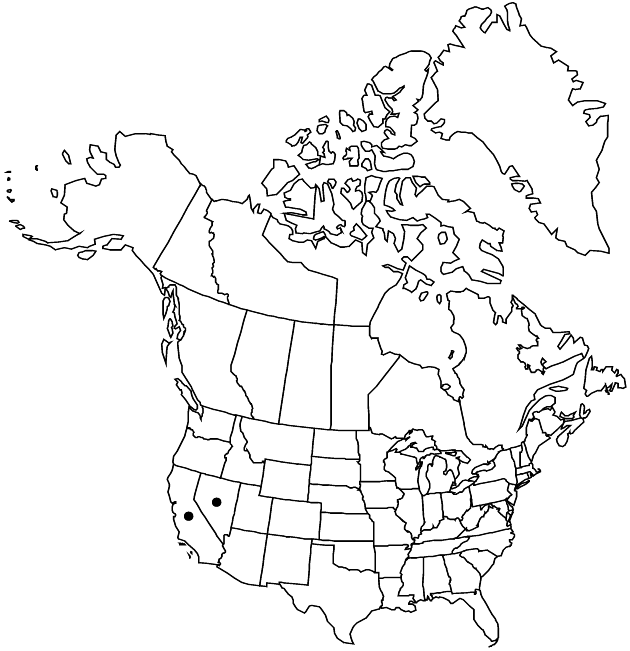Difference between revisions of "Erigeron breweri var. porphyreticus"
Brittonia 6: 283. 1947.
Basionym: Erigeron porphyreticus M. E. Jones Contr. W. Bot. 8: 33. 1898
Treatment appears in FNA Volume 20. Treatment on page 317.
FNA>Volume Importer |
FNA>Volume Importer |
||
| Line 52: | Line 52: | ||
|publication year=1947 | |publication year=1947 | ||
|special status= | |special status= | ||
| − | |source xml=https://jpend@bitbucket.org/aafc-mbb/fna-data-curation.git/src/ | + | |source xml=https://jpend@bitbucket.org/aafc-mbb/fna-data-curation.git/src/f50eec43f223ca0e34566be0b046453a0960e173/coarse_grained_fna_xml/V19-20-21/V20_707.xml |
|tribe=Asteraceae tribe Astereae | |tribe=Asteraceae tribe Astereae | ||
|genus=Erigeron | |genus=Erigeron | ||
Revision as of 20:30, 16 December 2019
Plants 20–30 cm; woody roots and relatively slender caudex branches. Stems ascending-erect, often wiry and brittle. Phyllaries hispido-hirsute (hairs translucent, spreading, stiff, relatively thick-based), sometimes slightly glandular.
Phenology: Flowering May–Aug(–Sep).
Habitat: Open, rocky sites, commonly crevices and ledges, sagebrush, pinyon-juniper, ponderosa pine
Elevation: (1200–)1300–2700(–3100) m
Discussion
Variety porphyreticus is similar to var. breweri in the production of relatively slender, rhizomelike proximal caudex branches, spreading-deflexed stem vestiture, and blue ray corollas; var. porphyreticus differs in its wirier stems, generally greater development of flowering branches, larger heads, and hirsuto-hispid phyllaries with broad, stramineous-indurate margins and lack of green apical patches.
Selected References
None.
Lower Taxa
None.
